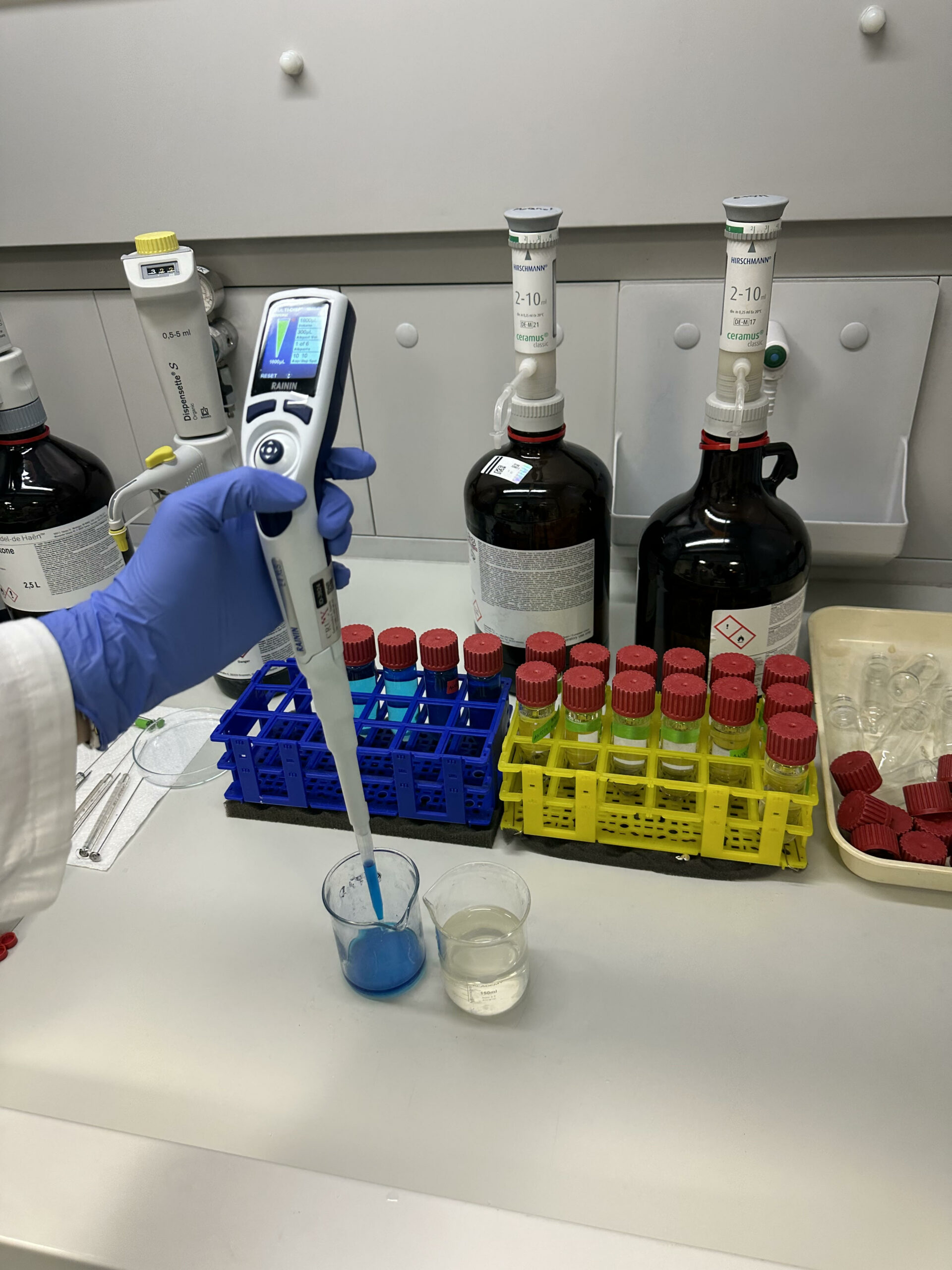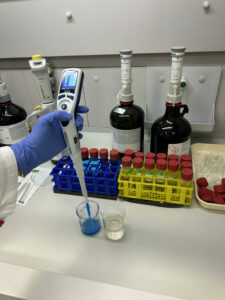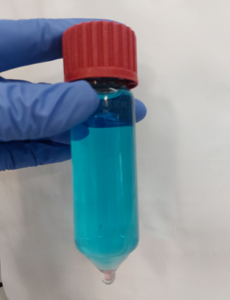Pesticides and other harmful compounds in surface waters


As a result of various human activities, over a thousand types of pesticides are currently in use. The most common applications are crop protection, preservation of food during storage, pest control of rodents and other pests and similar uses. A worrying fact is that the continuous use of pesticides has led to the development of resistance in plants and animals, which in turn means that these agents are being used in ever-increasing quantities. The source of pesticides in surface waters is therefore mainly run-off from agricultural land. After crop treatment and in rainy weather, pesticides are a potential source of groundwater contamination.
Pesticides are synthetically produced chemical products that are categorised as poisons. Not only are they harmful to weeds, rodents and insects, but certain types have also been shown to be carcinogenic to humans. They can increase the risk of developing autism, damage internal organs (such as the kidneys, lungs and liver) and disrupt the normal secretion of endocrine hormones. For this reason, the use of certain pesticides such as DDT (dichloro-diphenyl-trichloroethane), endrin, chlorpyrifos, dichlorvos, lindane and many others has been banned.
Since 2022, the Josip Juraj Strossmayer Water Institute has been the first in the Republic of Croatia to use dispersive liquid-liquid microextraction (DLLME) in combination with gas chromatography and mass spectrometry (MS/MS), which are highly sensitive analytical techniques. A total of 108 compounds were analysed. Among these groups of compounds are 45 pesticides: 2 organo-nitrogen, 29 organo-chlorine, and 14 organo-phosphorus. Other compounds identified include: PAHs, PCBs, plasticisers, flame retardants and tributyltin. Most of these compounds are banned in the European Union due to their toxicity. They have also been banned in most other countries for many years. Due to their persistence and potential illegal use, some of them can still be found in the aquatic environment.
Regular analyses have shown that in a small number of samples, the presence of certain tested compounds has been detected in very low concentrations that are within the permitted limits. The Josip Juraj Strossmayer Water Institute analyses over 200 samples per month. During the spring sowing season, low concentrations of chlorpyrifos were detected in the rivers and traces of DDT were found, which can be attributed to heavy rainfall and the runoff of soil and sediment. No pesticides were detected in the majority of samples, which indicates that the water is in good condition with regard to these hazardous compounds. The Josip Juraj Strossmayer Water Institute contributes significantly to the preservation of healthy water resources through the mandatory monitoring of target parameters.


